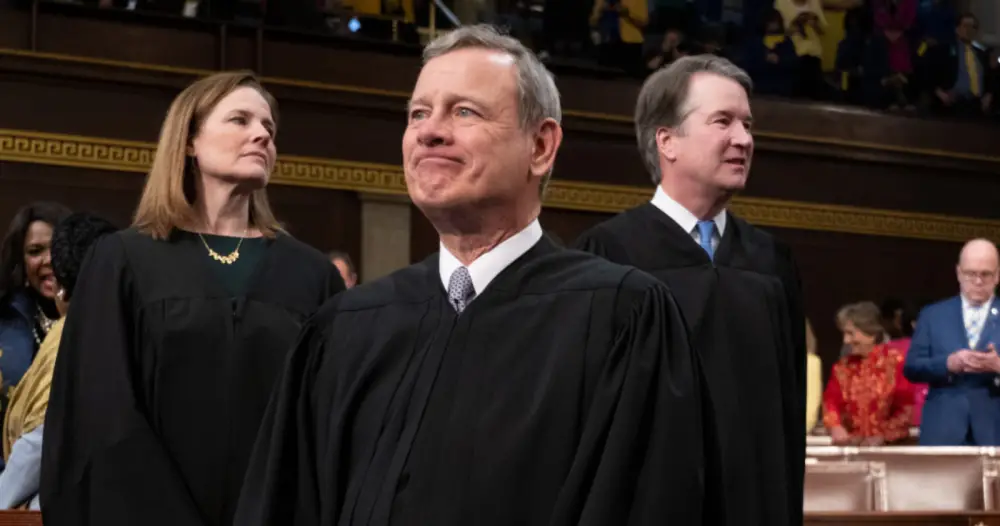Supreme Court Ruling on Veterans’ Disability Claims: Weighing Benefit-of-the-Doubt Against Clear-Error Review
In a landmark decision, the U.S. Supreme Court recently ruled against two veterans who argued that their disability claims had been unjustly denied despite evidence that was nearly balanced. The 7-2 decision clarified that the U.S. Court of Appeals for Veterans Claims is not required to re-examine the Department of Veterans Affairs’ (VA) application of the “benefit-of-the-doubt” rule in most cases. This ruling is significant for how veterans’ claims are adjudicated, raising key questions about the balance between deference to agency decisions and the duty to ensure fairness in the legal system.
The VA Disability Claims Process
Applying for disability benefits through the VA is a vital process for veterans seeking support for service-related conditions. The VA reviews medical records, service histories, and personal testimony to determine if a veteran’s disability is connected to their military service. Because medical evidence can sometimes be inconclusive or conflicting, the VA applies the “benefit-of-the-doubt” rule. This principle stipulates that when the evidence for and against a claim is balanced, the decision should favor the veteran. This rule was designed to address uncertainties in evaluating complex medical conditions, ensuring that veterans are not penalized due to conflicting evidence.
When the evidence is nearly equal, the rule ensures that veterans receive the benefit of the doubt, providing a safeguard to protect those who have served the country. However, the application of this rule has not been without challenges, as disagreements have arisen regarding how to assess “approximate balance” and what constitutes “clear error.” These discrepancies have led to legal challenges and variations in interpretation across different courts.
The Cases of Joshua Bufkin and Norman Thornton
The Supreme Court case, Bufkin v. Collins, centered on two veterans whose claims were denied despite nearly balanced evidence. Joshua Bufkin, a former Air Force member, filed a claim for post-traumatic stress disorder (PTSD) years after his service. Bufkin attributed his condition to the stress of his military duties, particularly due to a personal crisis involving his wife. The VA, however, found disagreements among medical professionals about both his diagnosis and the connection to his military service, leading to the rejection of his claim.
Norman Thornton, a former Army soldier who served during the Gulf War, initially received a 10% disability rating for PTSD, which was later increased to 50%. However, Thornton sought a higher rating, claiming that his PTSD was more debilitating than the VA had recognized. Despite his arguments, the Board of Veterans Appeals upheld the initial decision. Like Bufkin, Thornton’s case highlighted the challenges veterans face when medical evidence is conflicting or inconclusive.
Reactions from Veterans and Advocacy Groups
The Supreme Court’s decision has sparked mixed reactions within the veterans’ community. Many veterans are concerned that the ruling sets a difficult precedent for challenging VA decisions, even when evidence is nearly balanced. For these veterans, the “benefit-of-the-doubt” rule has been an essential protection, ensuring that their service-related disabilities are recognized even when medical evidence is not definitive.
Veterans’ advocacy groups have expressed concerns that this decision could lead to fewer disability claims being approved, leaving many veterans without the support they need. Personal stories have emerged, highlighting the emotional and financial strain caused by denied claims. The ruling is seen as a setback for veterans who rely on the “benefit-of-the-doubt” rule to secure the recognition of their sacrifices.
Implications for Veterans and Administrative Law
The ruling in Bufkin v. Collins represents a pivotal moment in the discussion about the VA’s disability claims process. By determining that the Veterans Court does not need to reassess nearly balanced evidence, the Supreme Court has reinforced the principle of judicial deference to agency expertise. However, this decision carries significant consequences for both veterans and administrative law. Veterans may find it more challenging to overturn VA decisions in the future, as they will now face a higher threshold for judicial intervention.
For the legal community, the case opens up important questions about the limits of judicial review in administrative decisions. Future cases may further refine the current standards, shaping the balance between agency discretion and individual rights. Legal professionals will continue to debate the appropriate level of judicial intervention, particularly in cases involving complex claims like veterans’ disability benefits.
Moving Forward
While the Supreme Court’s decision may make it more difficult for veterans to challenge VA decisions, it also highlights the ongoing need for reform in veterans’ benefits administration. There are calls for improvements to ensure that the benefits of the “benefit-of-the-doubt” rule are not undermined. This ruling underscores the need for the VA to take a careful and consistent approach to disability claims, and for future policy discussions to prioritize fairness and transparency.
Ultimately, Bufkin v. Collins serves as a reminder that legal standards evolve and must be adjusted to reflect societal values and the changing needs of veterans. The challenge moving forward will be to ensure that the VA’s processes remain fair, transparent, and responsive to the needs of veterans, while also respecting the expertise of agencies responsible for adjudicating these complex claims.
The decision invites reflection on how veterans’ contributions are valued, how government agencies should handle complex claims, and how to ensure fairness in adjudicating disability benefits. Moving forward, veterans and their advocates will continue to press for improvements in the system, striving to ensure that all who have served receive the benefits they deserve. The journey for fairness and justice in veterans’ disability claims is far from over, and it will require ongoing efforts to strike the right balance between administrative efficiency and individual rights.
